Traversing the Nakasendo
Taking leave of Kyoto‘s sights, we hopped on a train>train>bus to Magome. The town marks the 49th of 60+ sections of a historic trail heading over the mountains connecting Tokyo and Kyoto. This trail, the Nakasendo, was apparently preferred over its less hilly seaside sibling, the Tokaido, due to the latter’s dangerous river crossings. Today, the section of the Nakasendo between the two post towns of Magome and Tsumago is preserved and makes for a great day trip. The tourist office in Magome even has a service to deliver your luggage to Tsumago so that you can easily do the trail one way.
Magome has a bus stop, small grocery store, post office, and maybe 200 residences, plus a variety of craft stores and a surprisingly chic coffee bar. It sits on a hillside overlooking the 2,191m Mt Ena and its snow covered neighbors. We wandered through and admired the architecture and views before heading up the hill on the Nakasendo.
The trail climbs up a hillside from Magome to a low mountain pass with a small wooden refreshment shop next to the road, then heads downhill to Tsumago. While the way up mostly wound through small farming communities, the way down took us through tall forests and a beautiful cherry grove, with probably the best blossom display of the trip. Also interesting, many folks had diverted water from streams running down the hillside, funneling it into fish farms in large wooden boxes, water wheels, and firefighting reservoirs.
The walk was only 8km, so we took our time and enjoyed the sites along the way and still had plenty of time to explore Tsumago, our destination for the day. Tsumago has undergone a grassroots community restoration effort over the past several decades and been restored back to its original post town architecture. There are buildings throughout town that you can walk into–including a public hall, stable, living space, and public tea house–to see how life used to be in a post town. After picking up our luggage and checking into our ryokan (traditional Japanese inn), we got a soba lunch and chestnut flavored soft-serve and wandered around to see the whole town.
As dinnertime approached, the many daytripping tourists started to clear out, and we returned to our ryokan for dinner. Staying in a traditional Japanese inn was so much fun! We had a pretty large private room with tatami mats and futons laid out on the floor, windows overlooking the inner garden, and a private balcony overlooking the front garden. We wore slippers and yukata around during the evening, visiting the bath for a soak in a wooden tub and eating a delicious, locally influenced 10-course kaiseki-style dinner. In the morning, we had another excellent, very filling meal and then left Tsumago to head to Matsumoto.

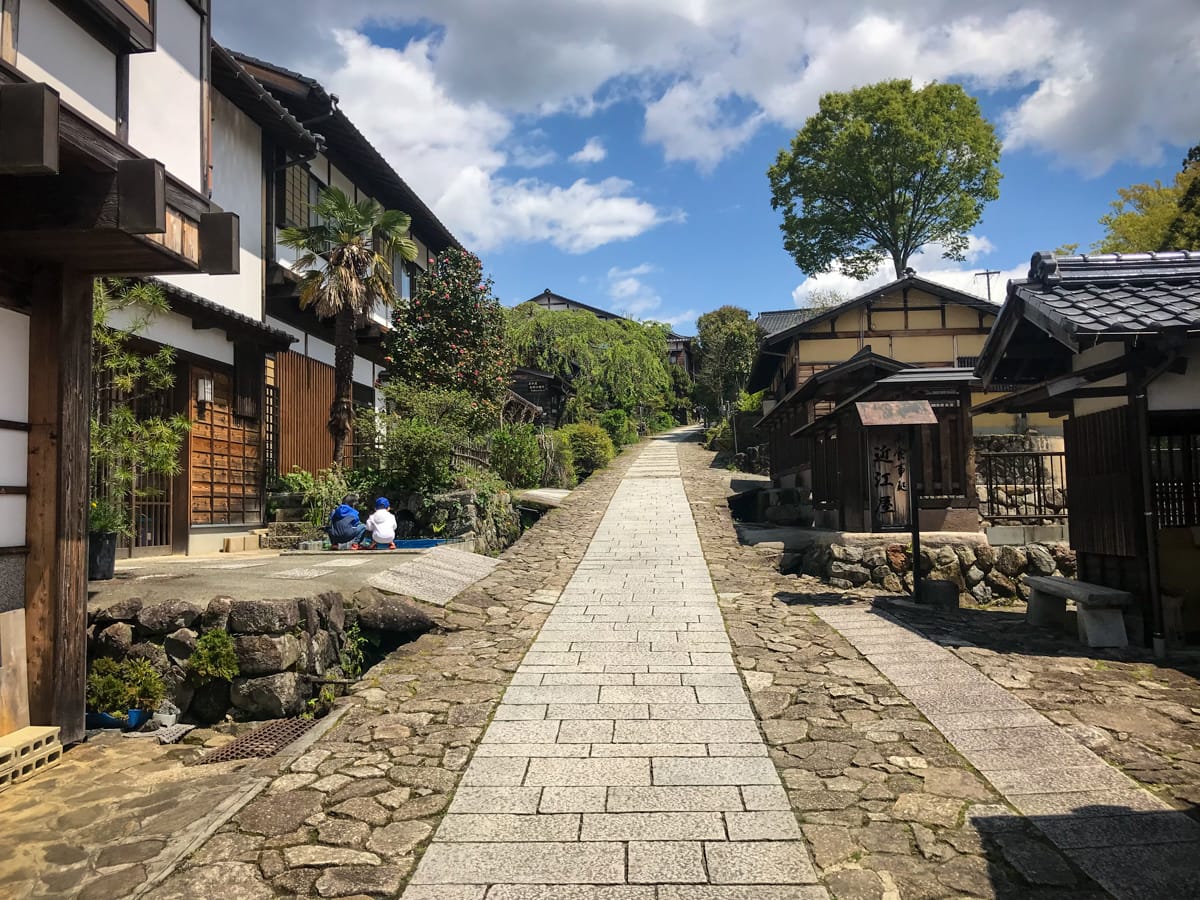

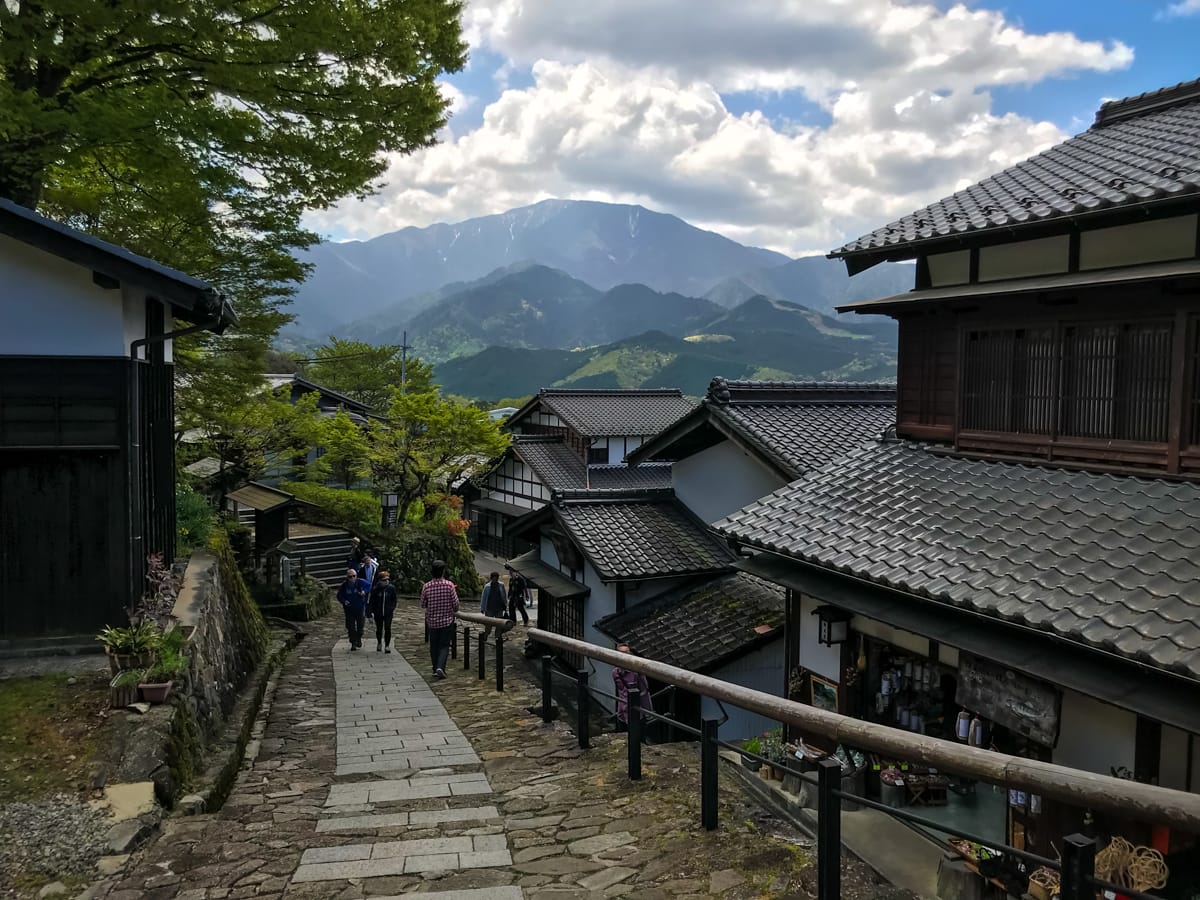
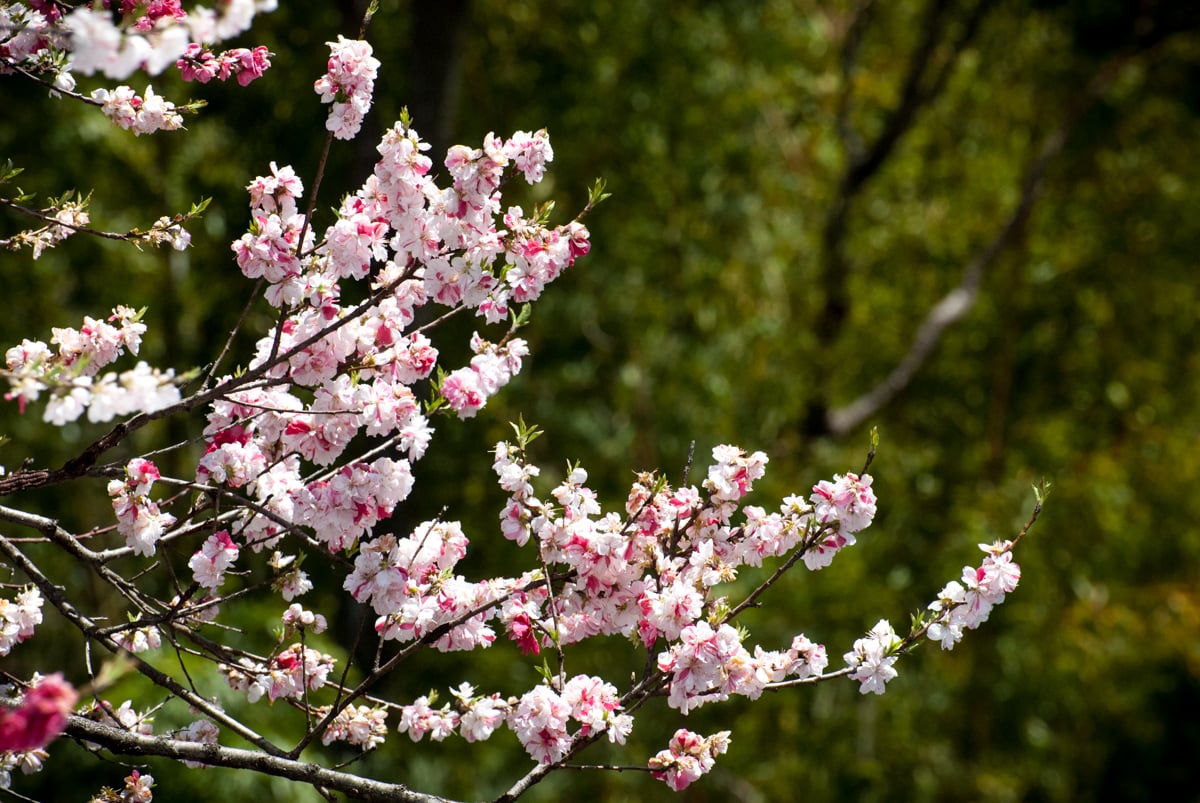
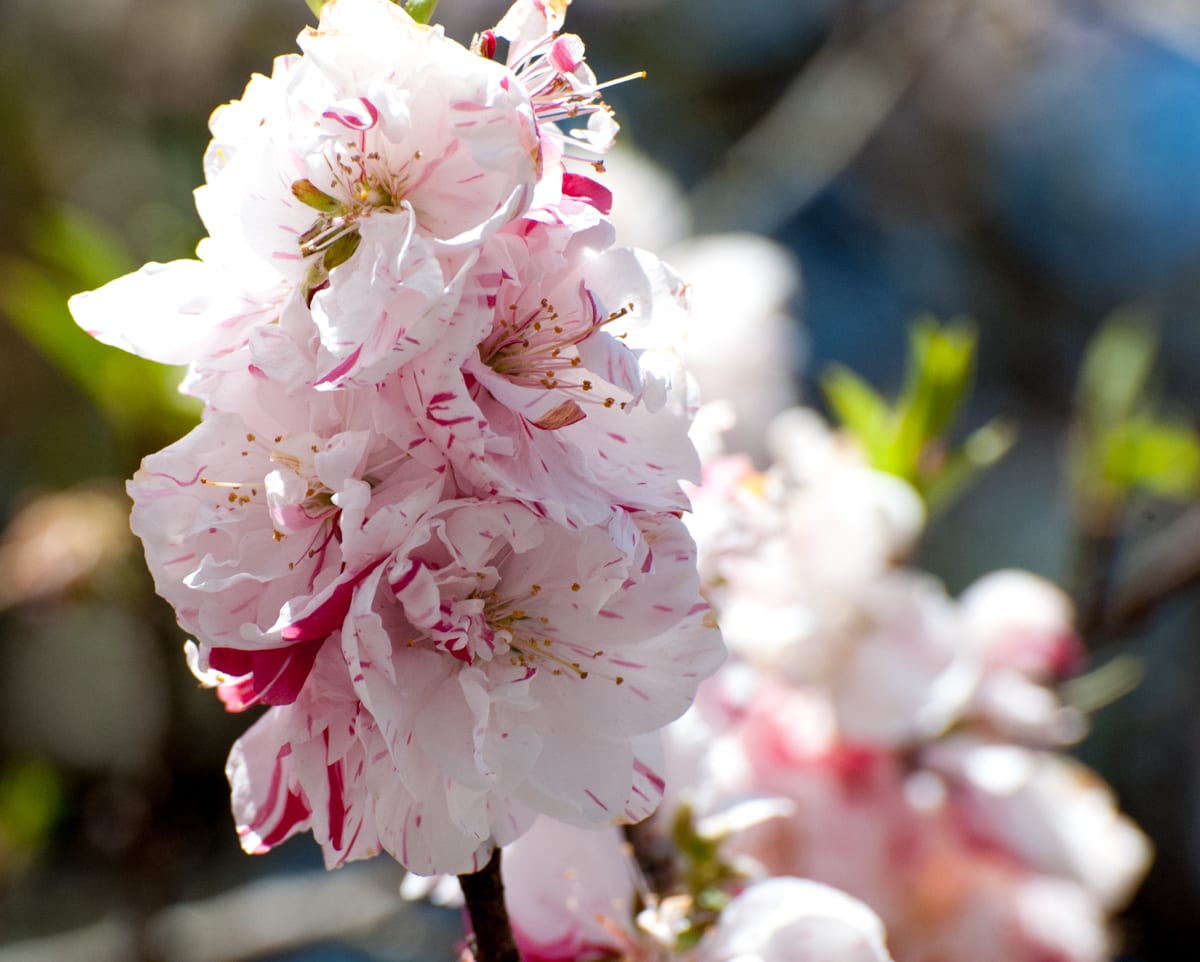
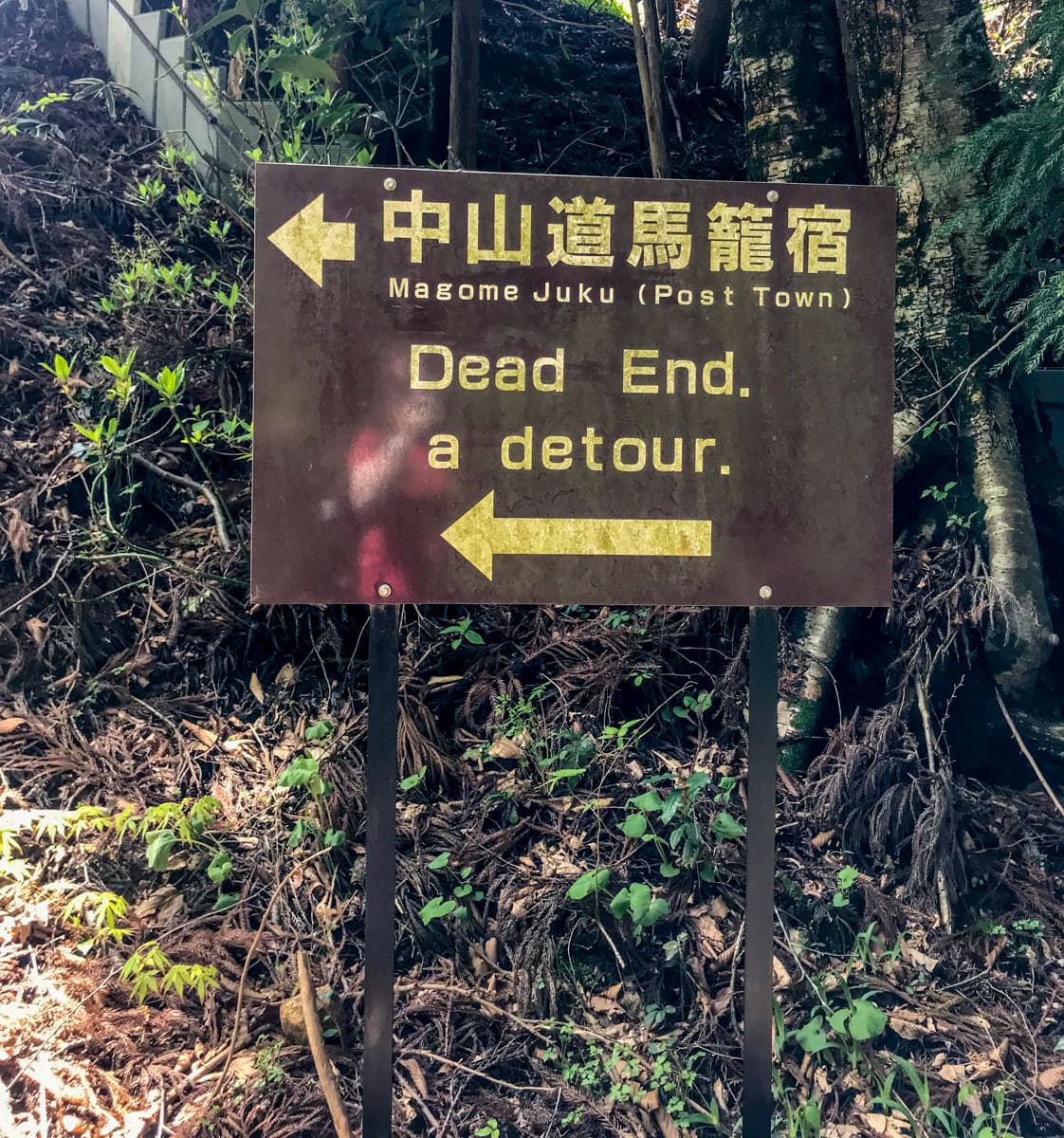
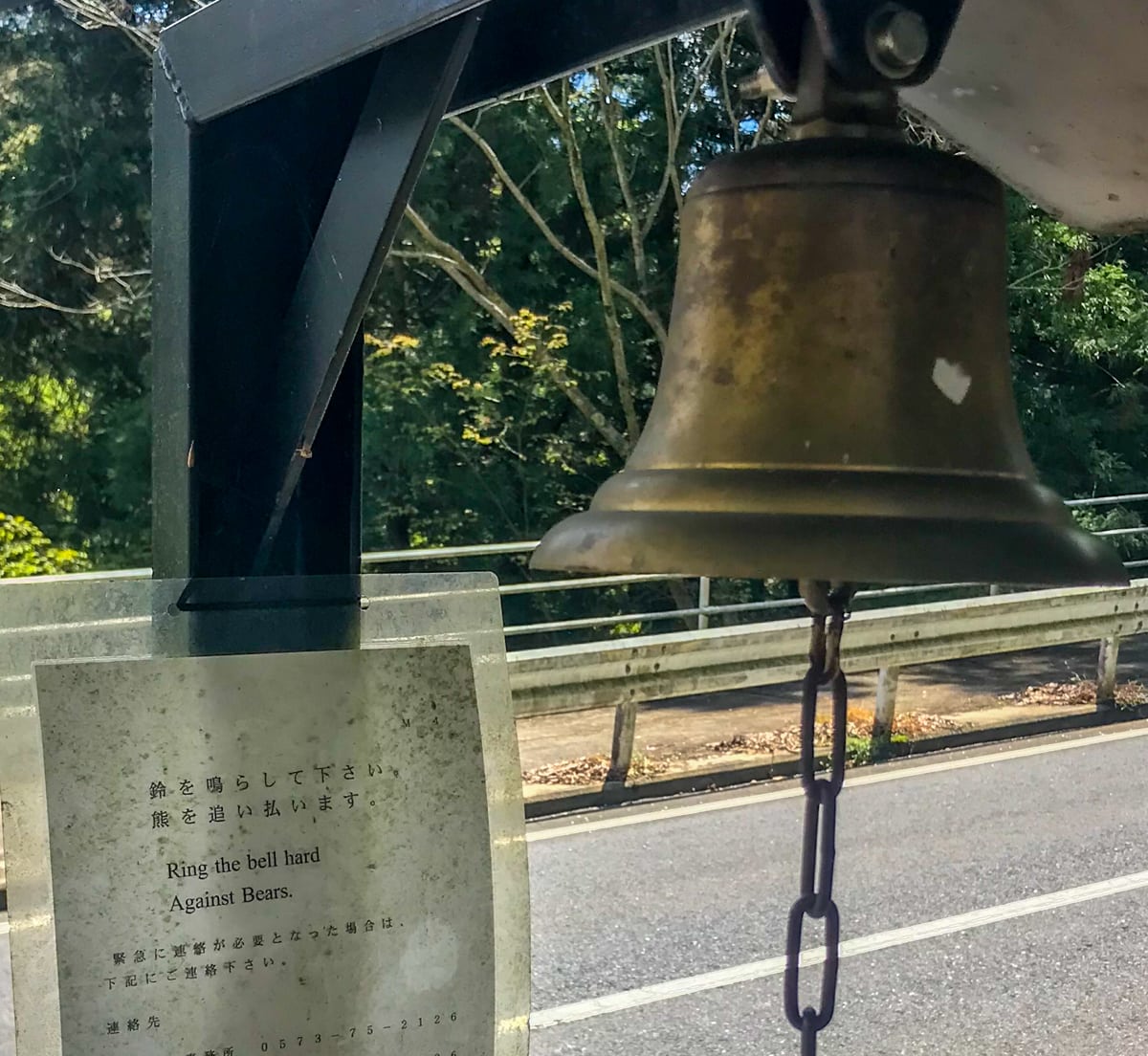
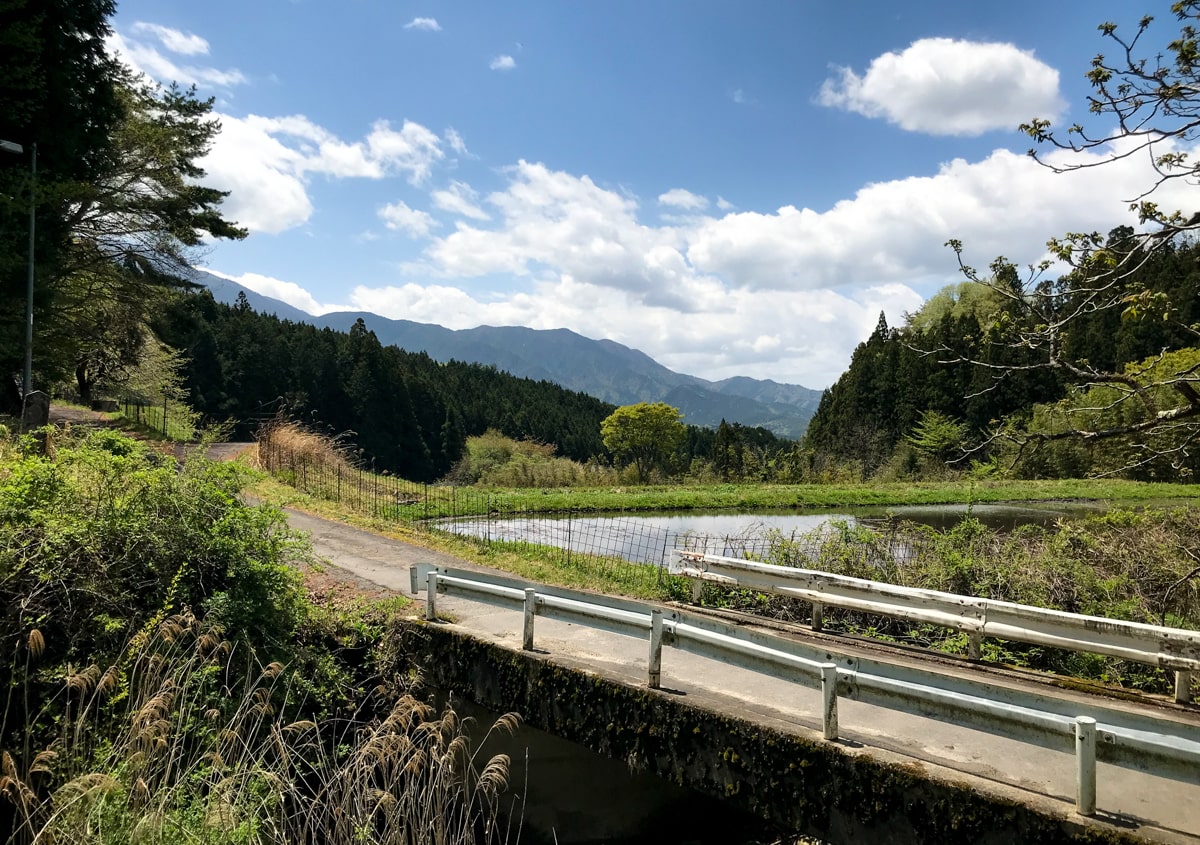
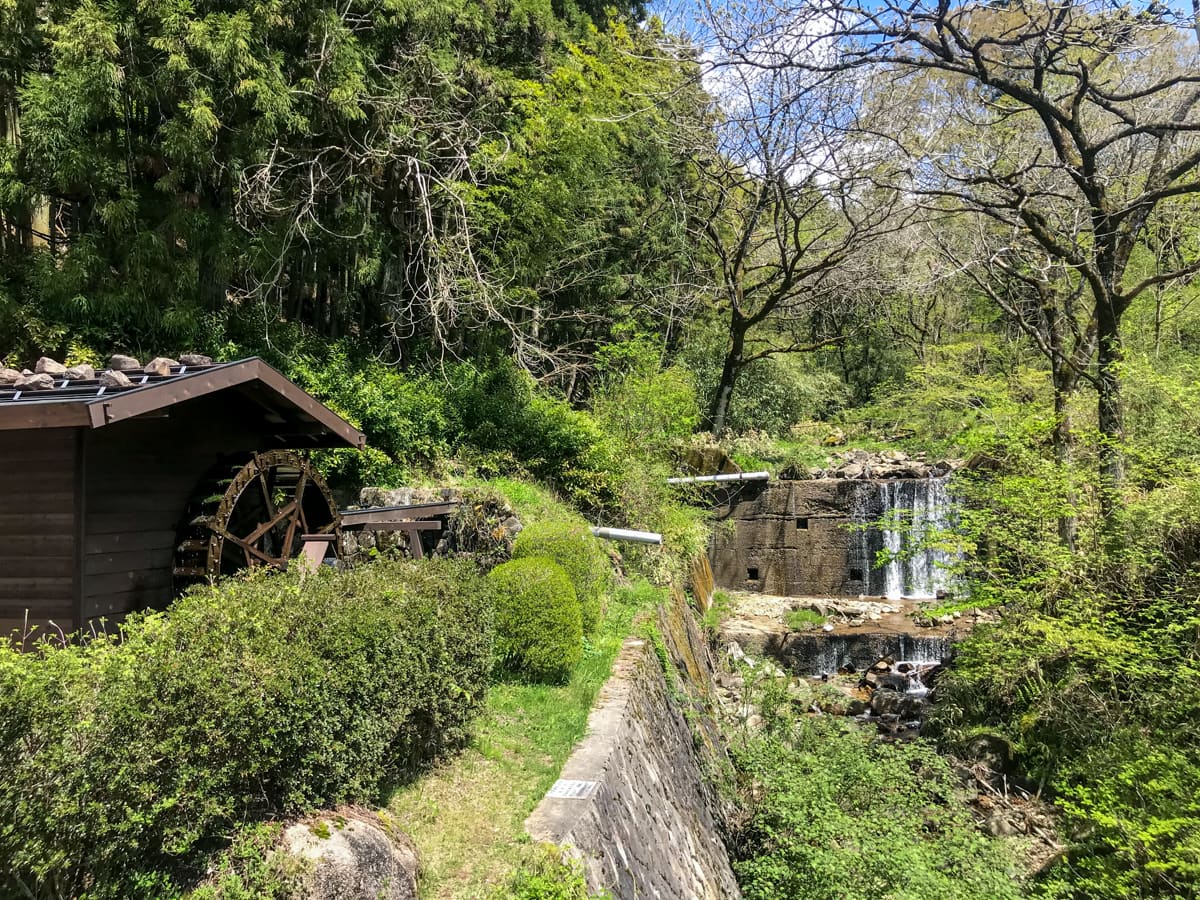


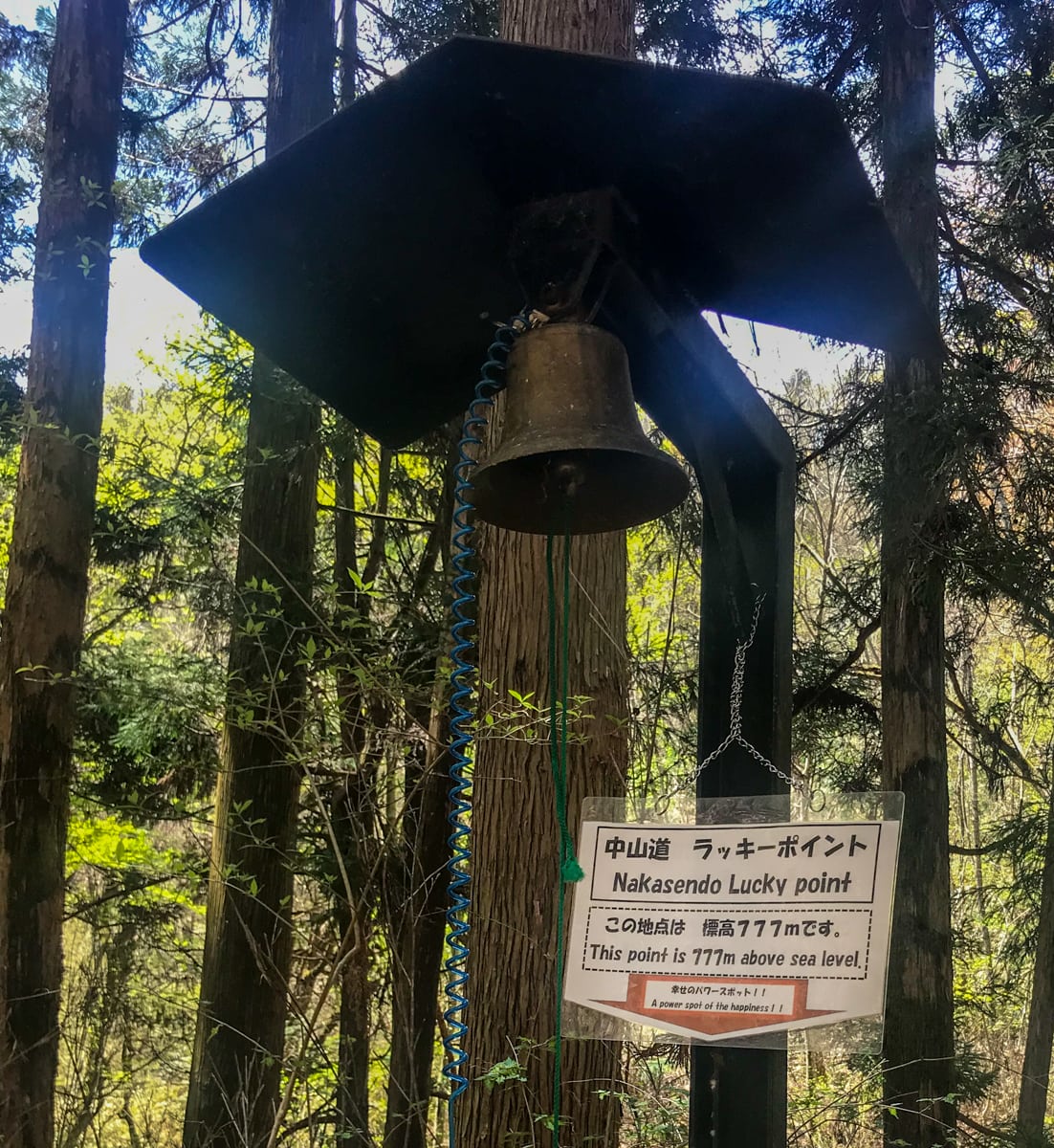
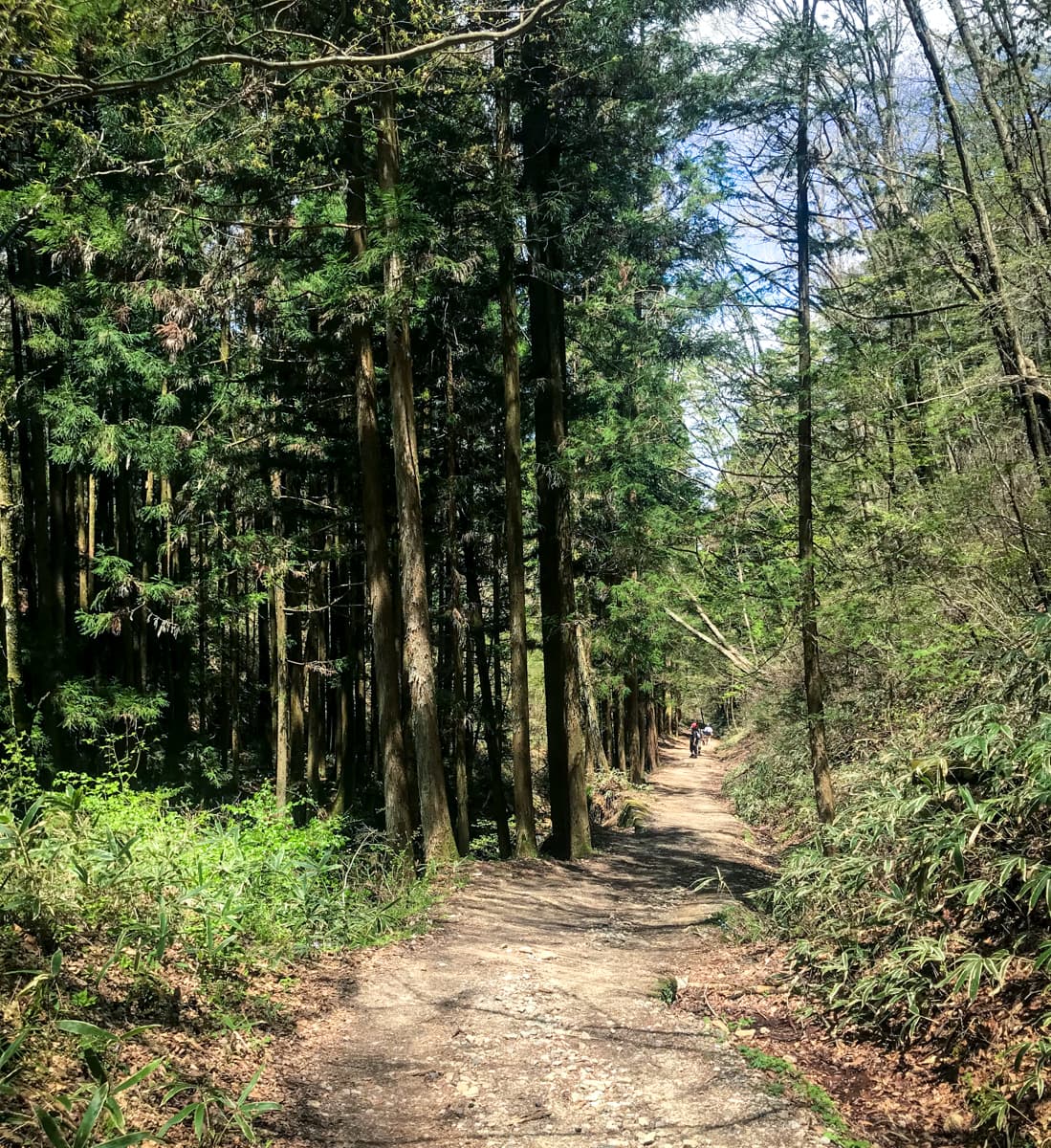
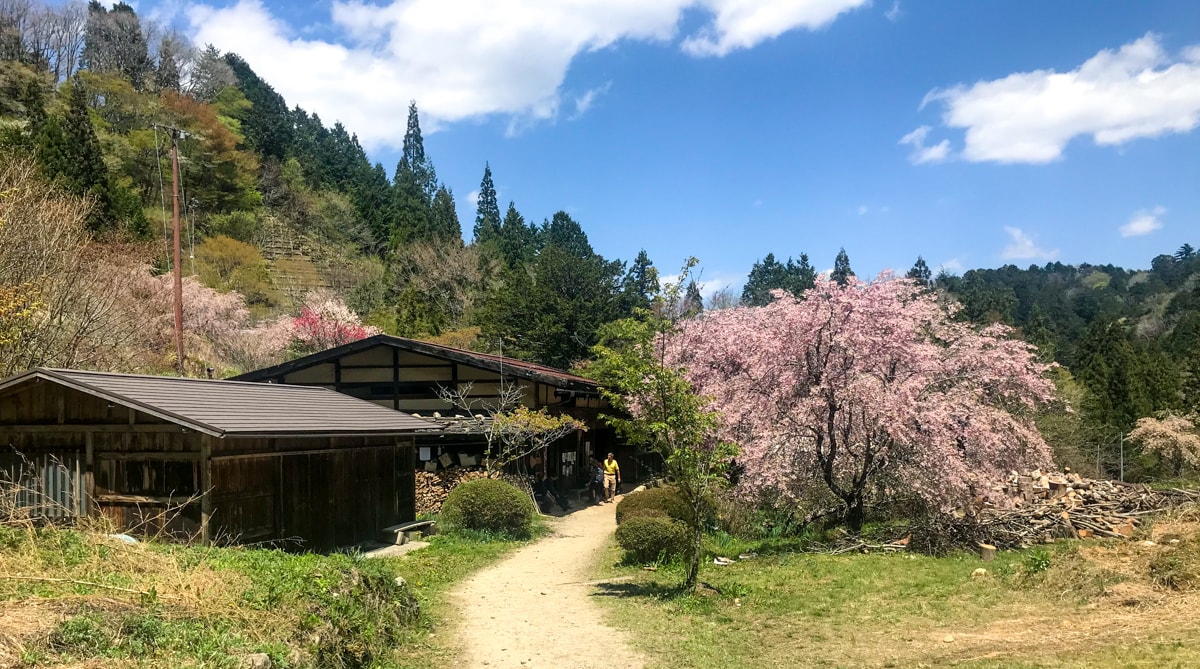
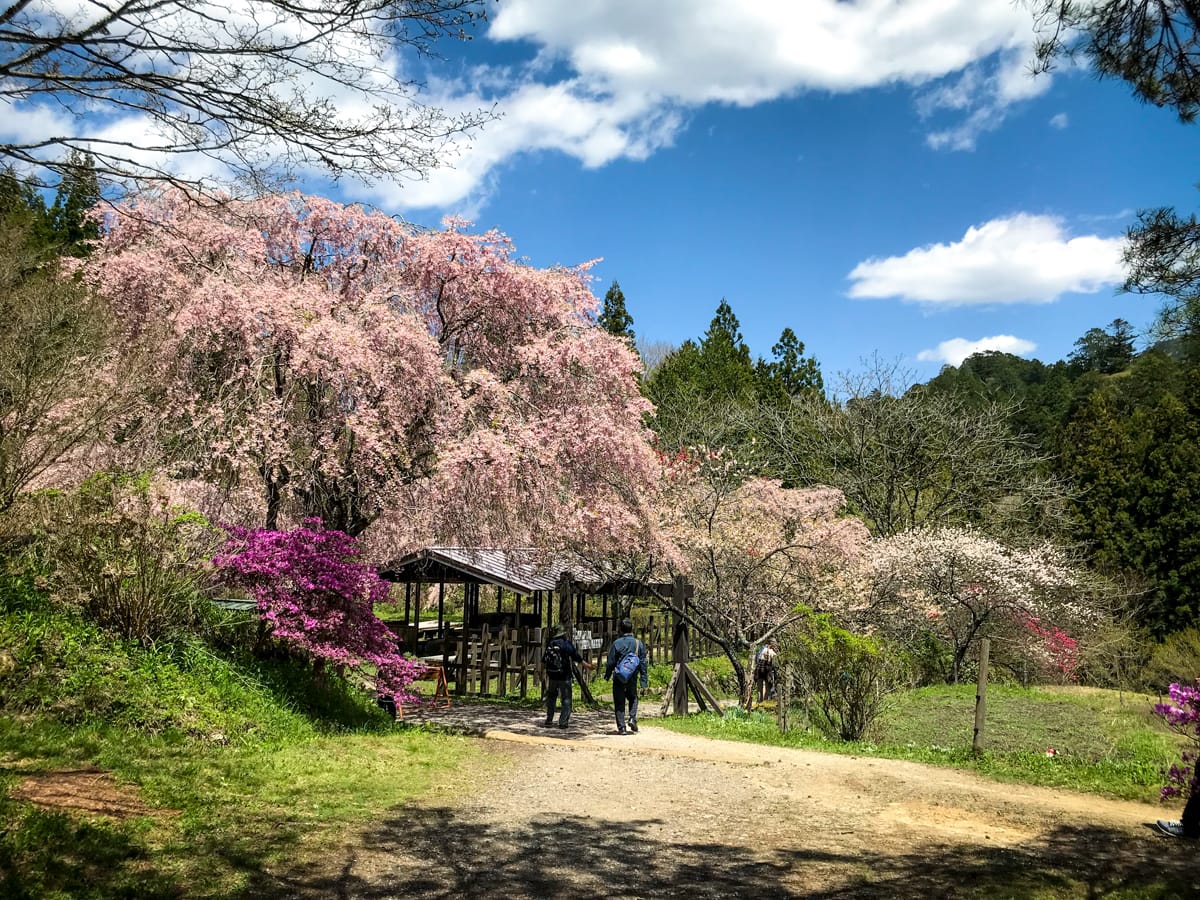
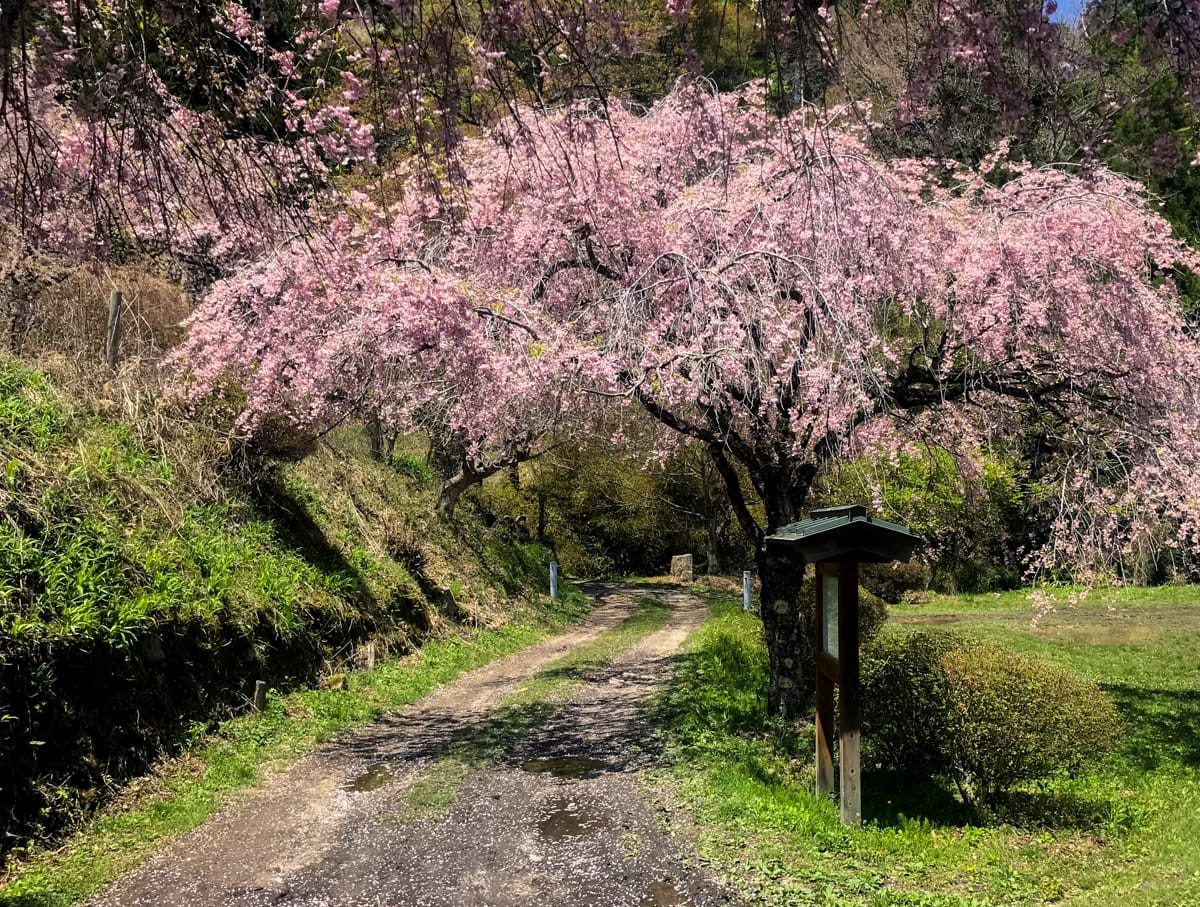
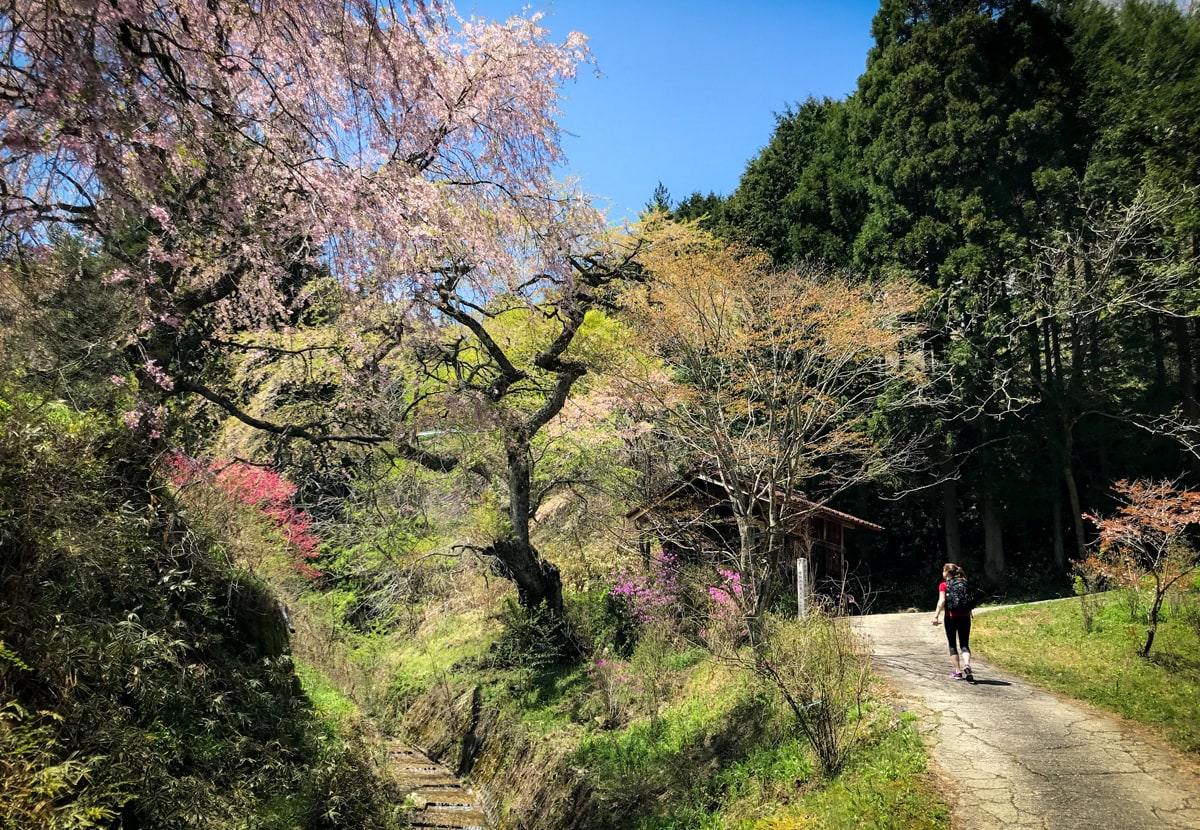
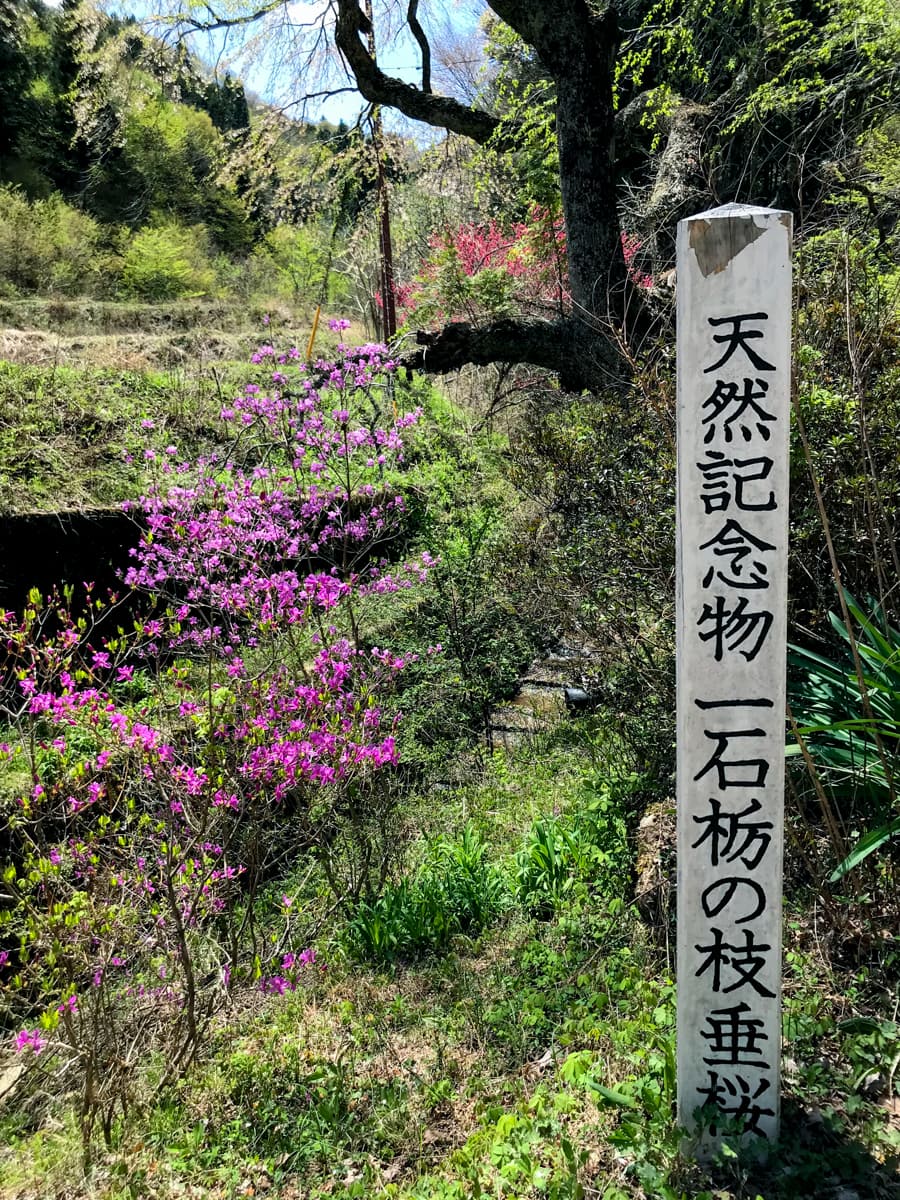
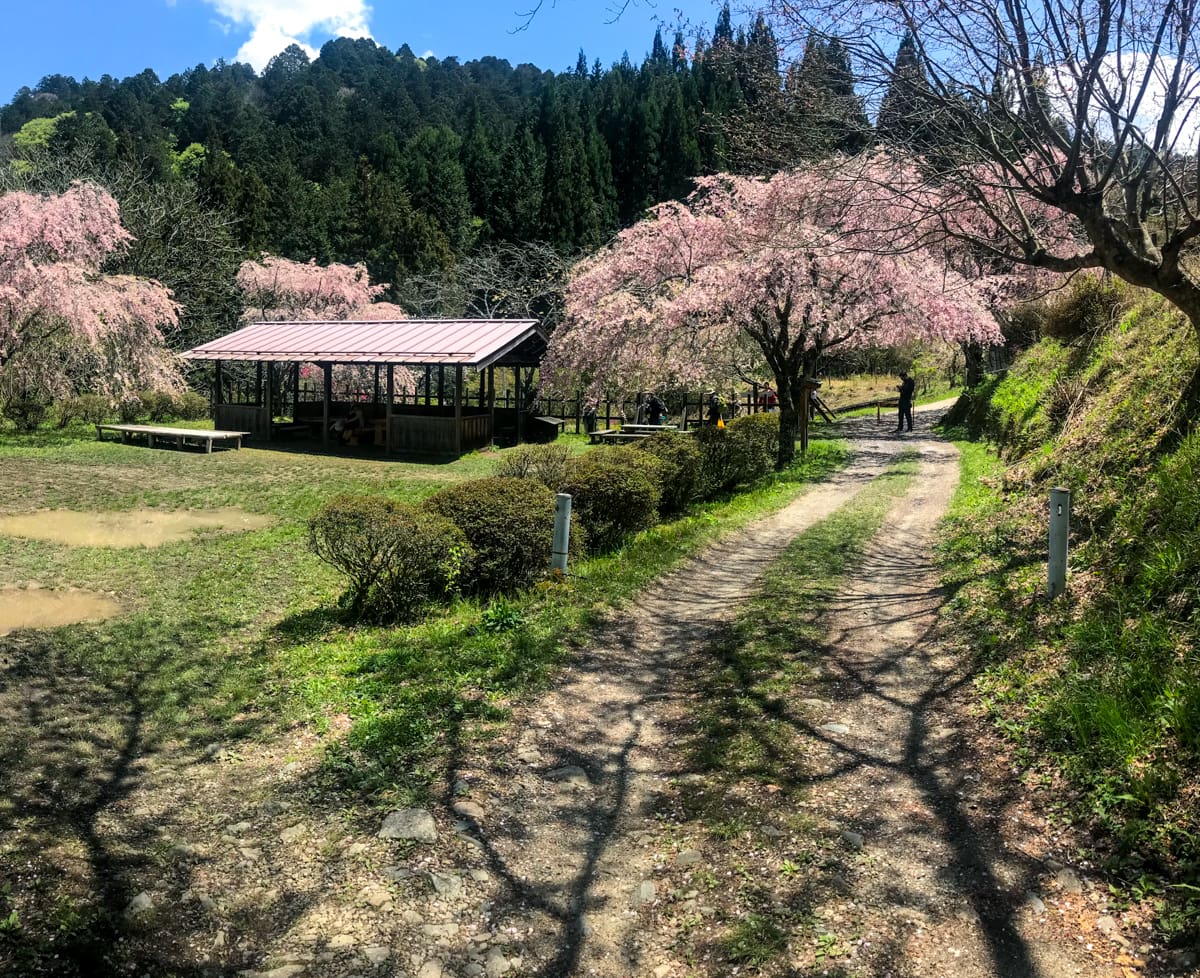
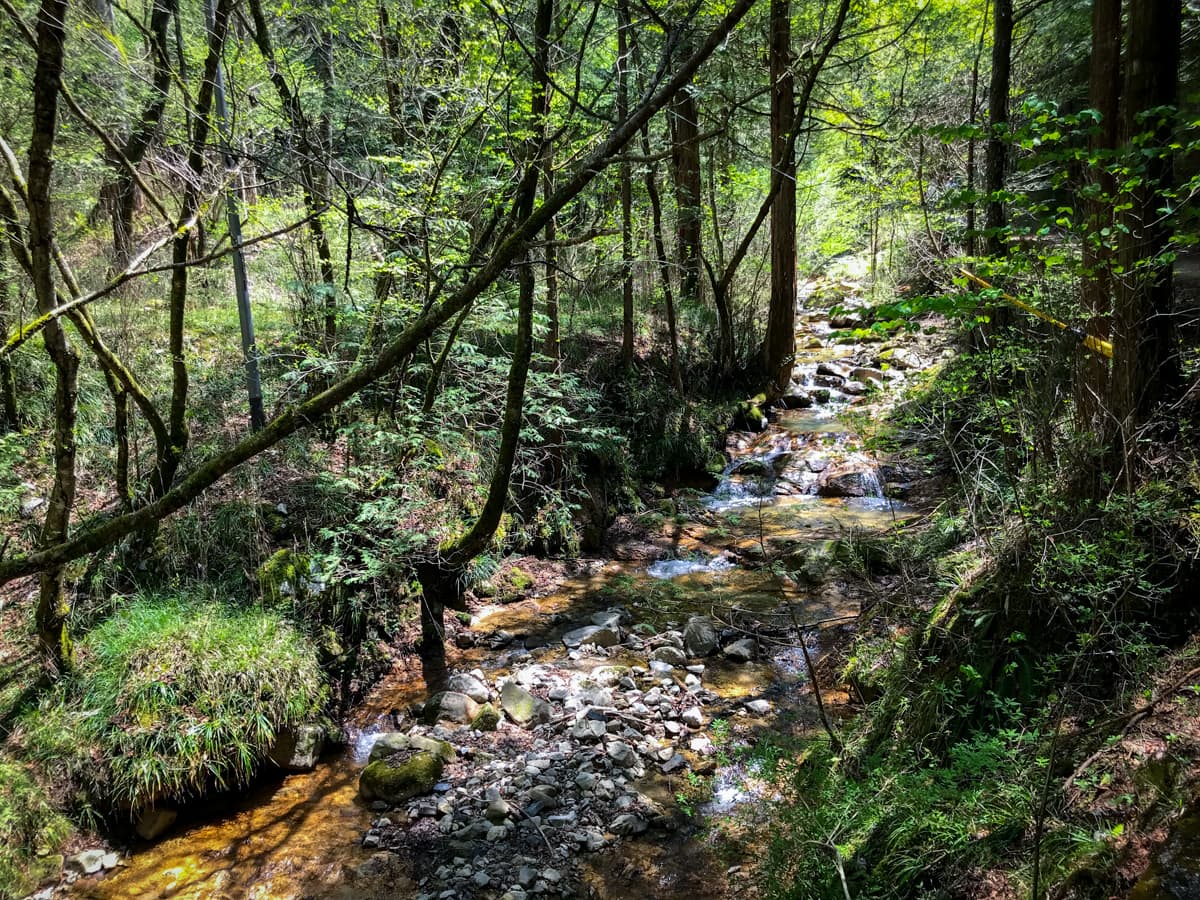
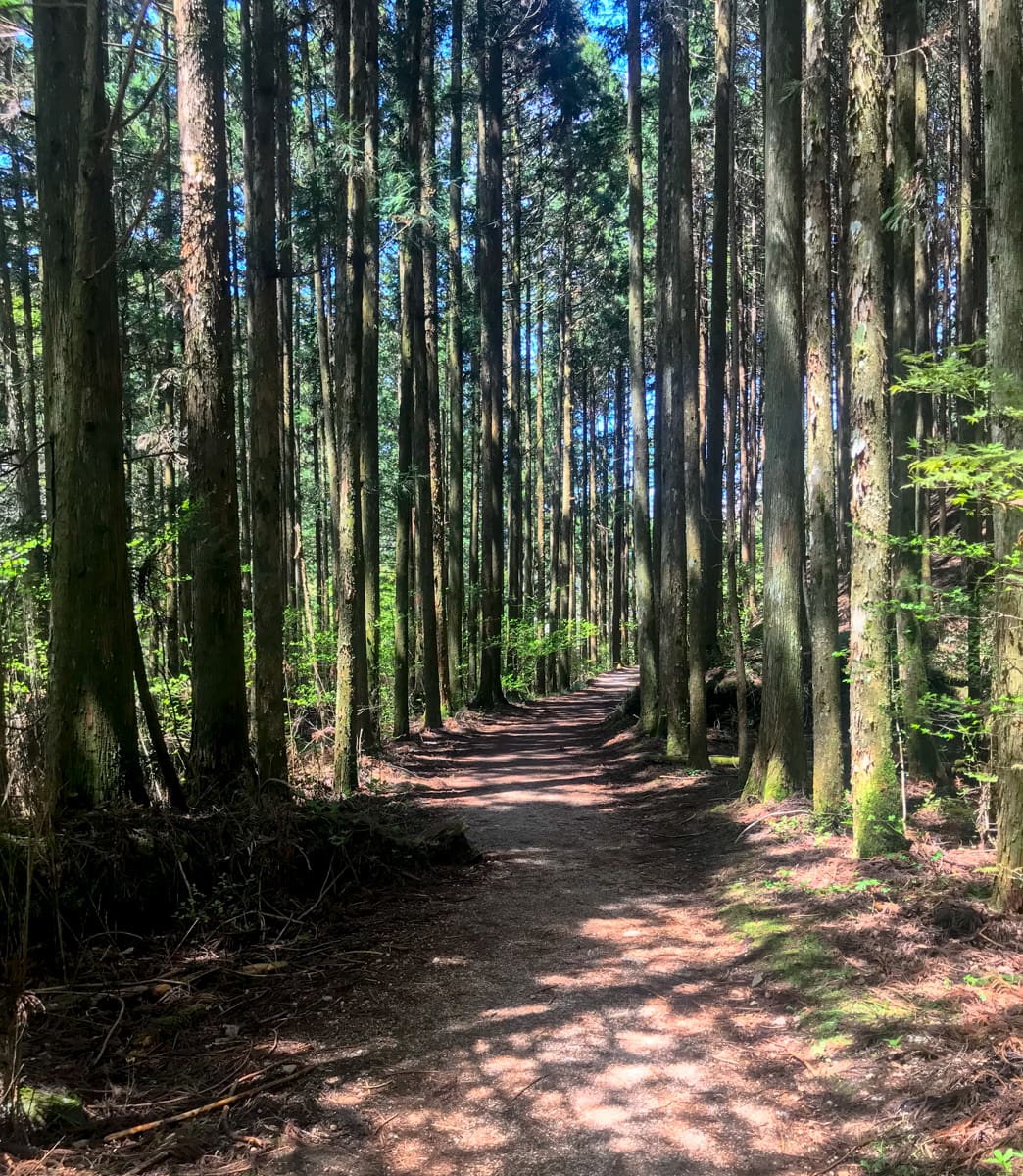
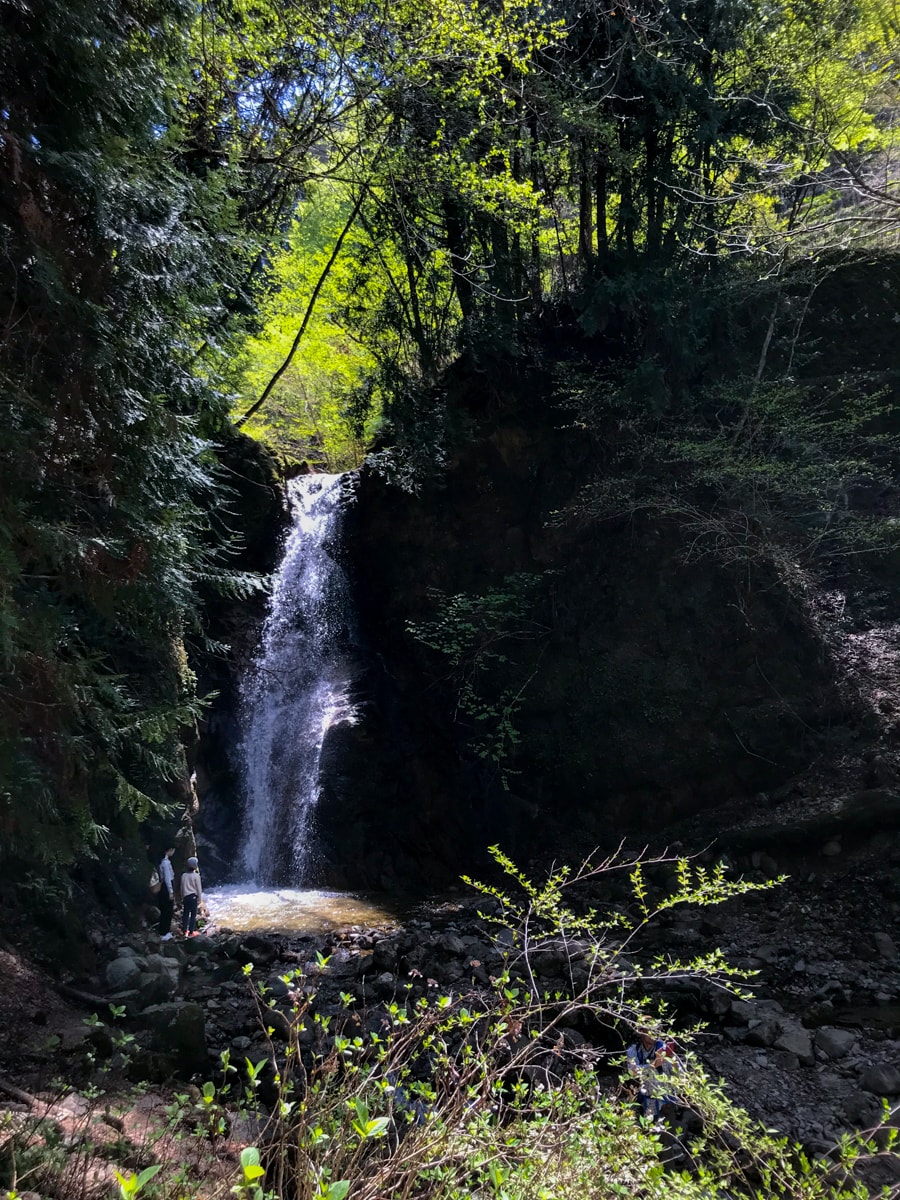
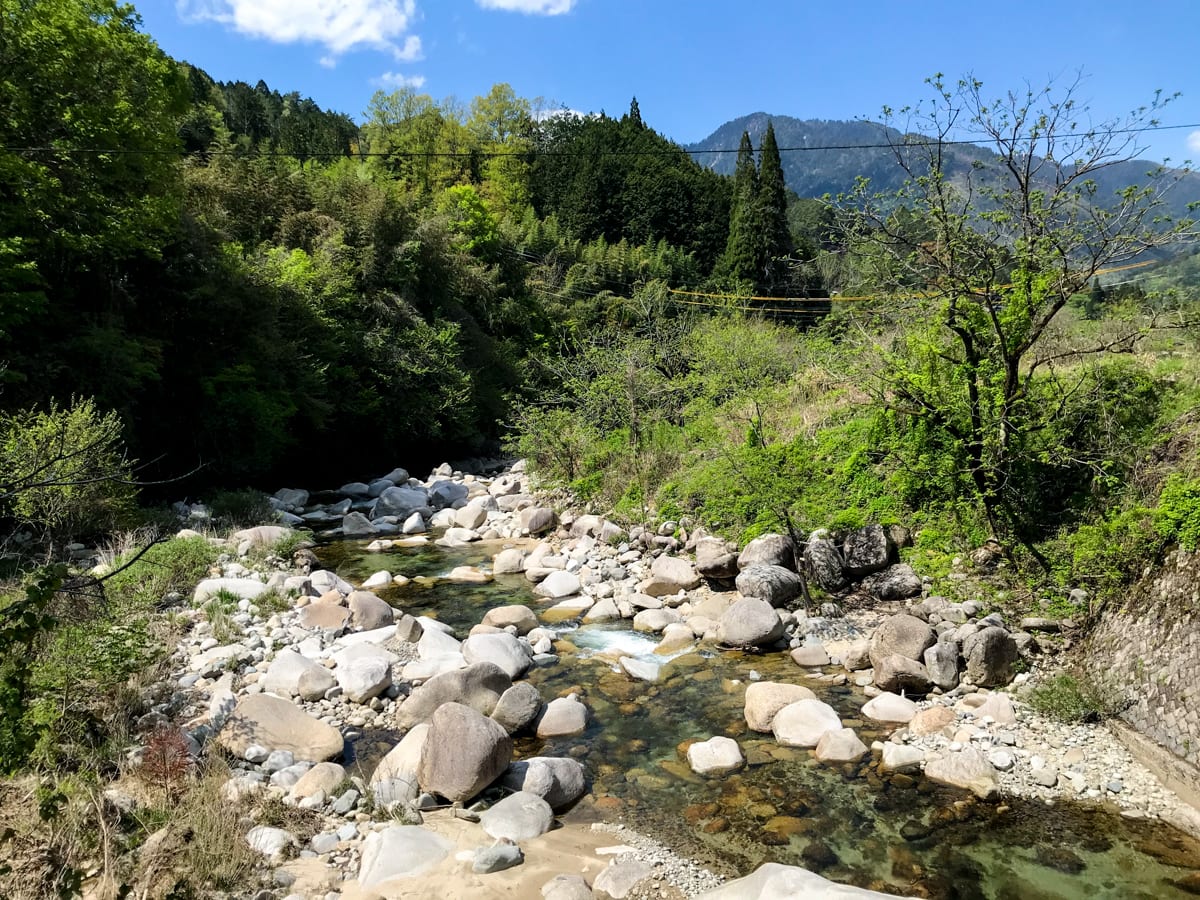
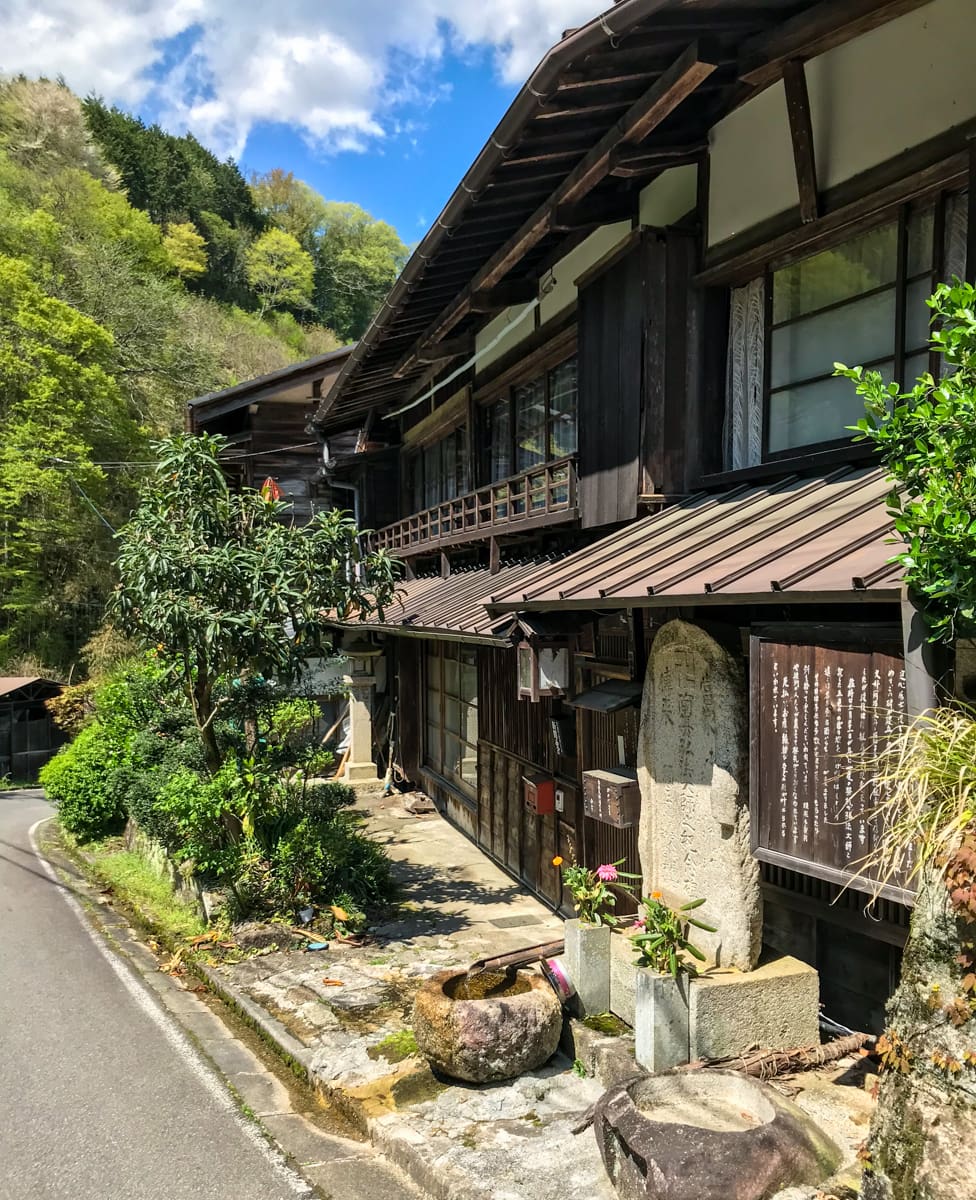
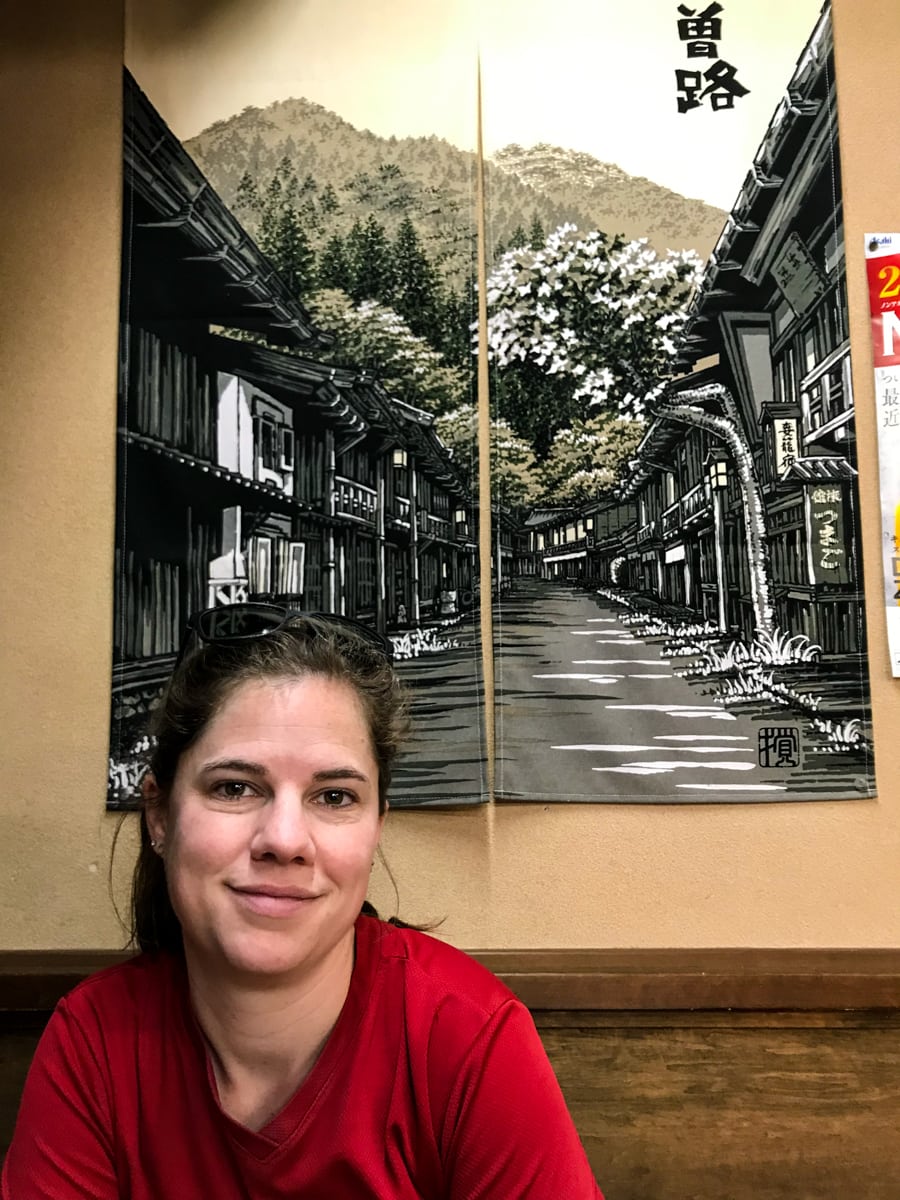
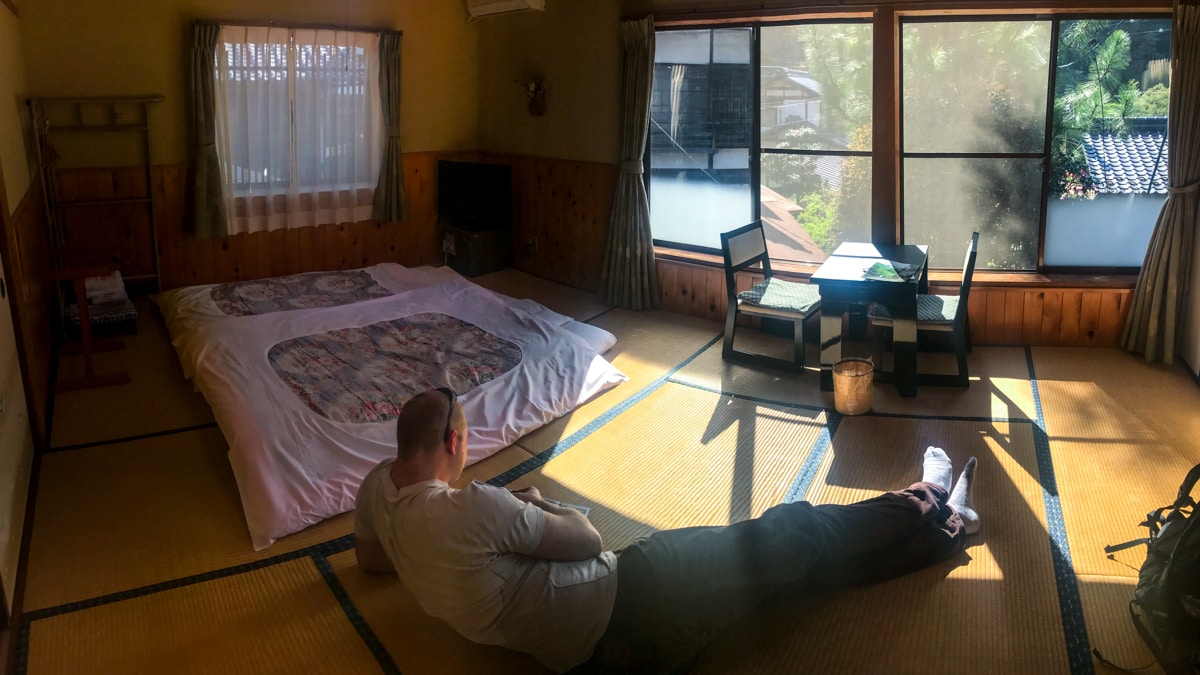
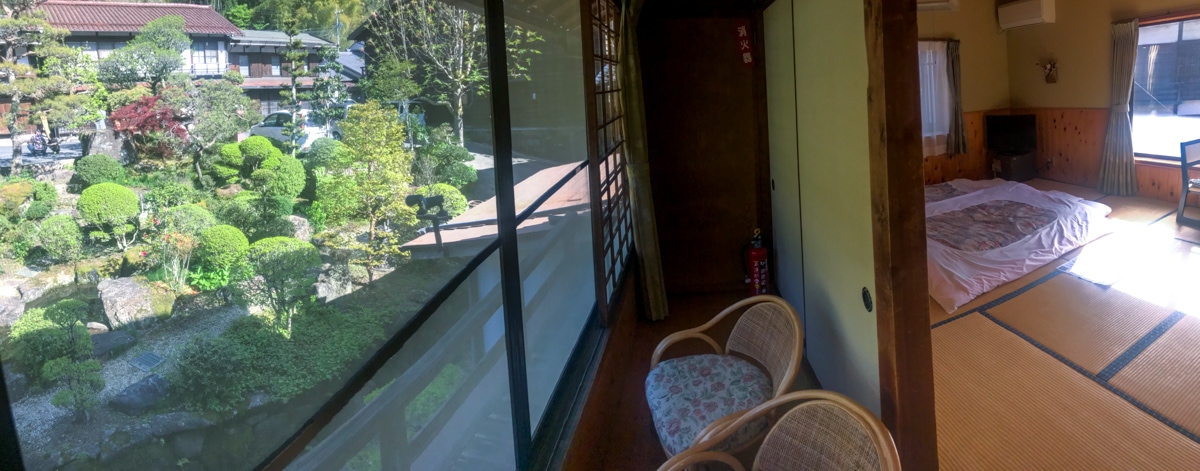
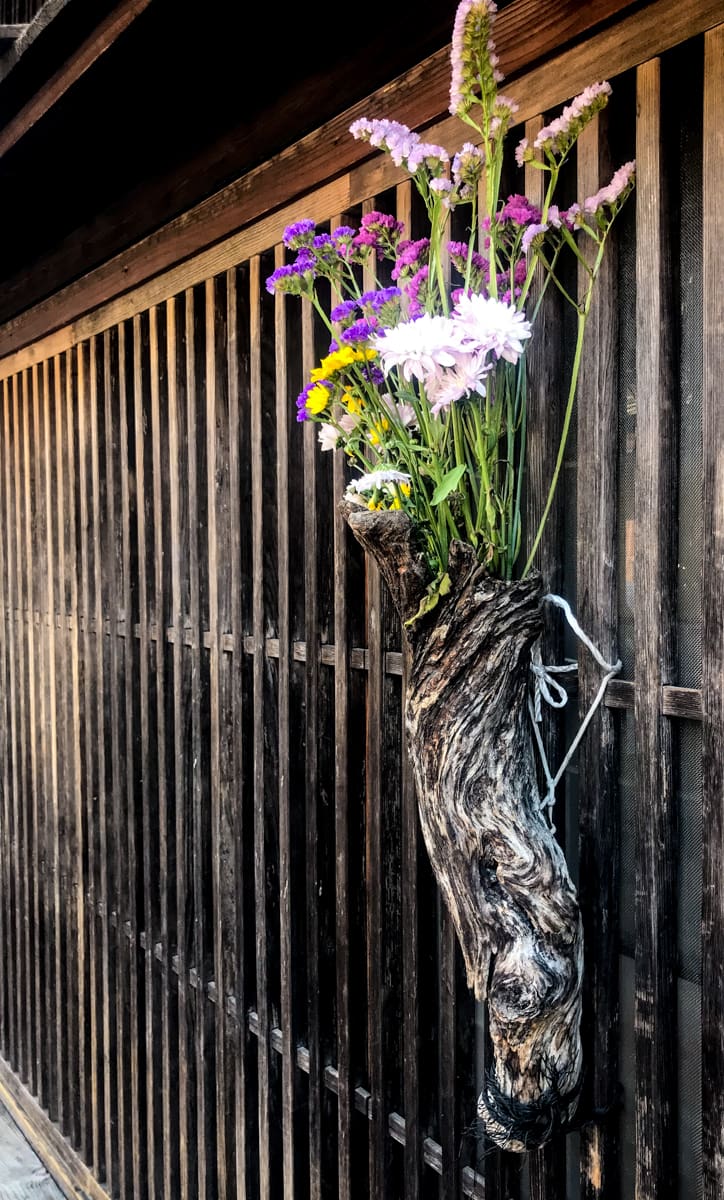
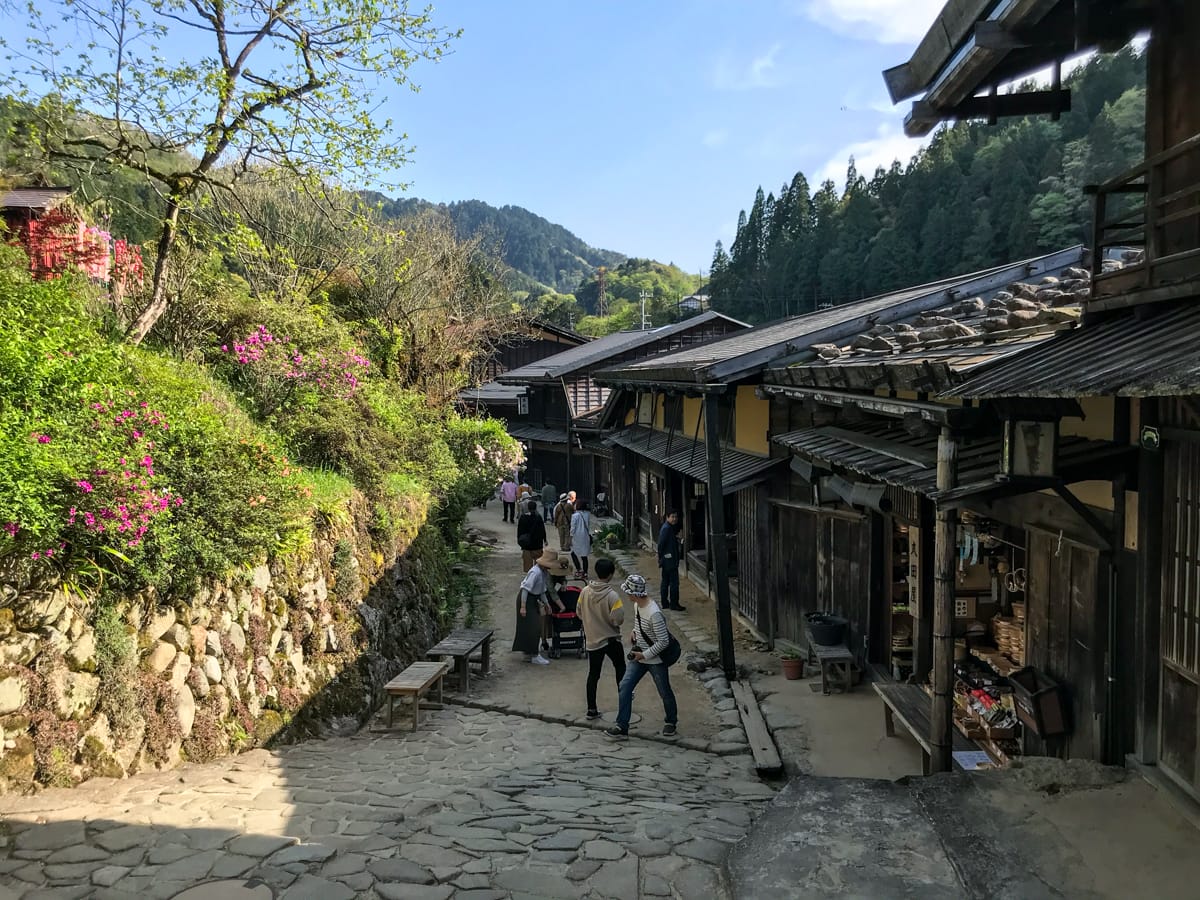
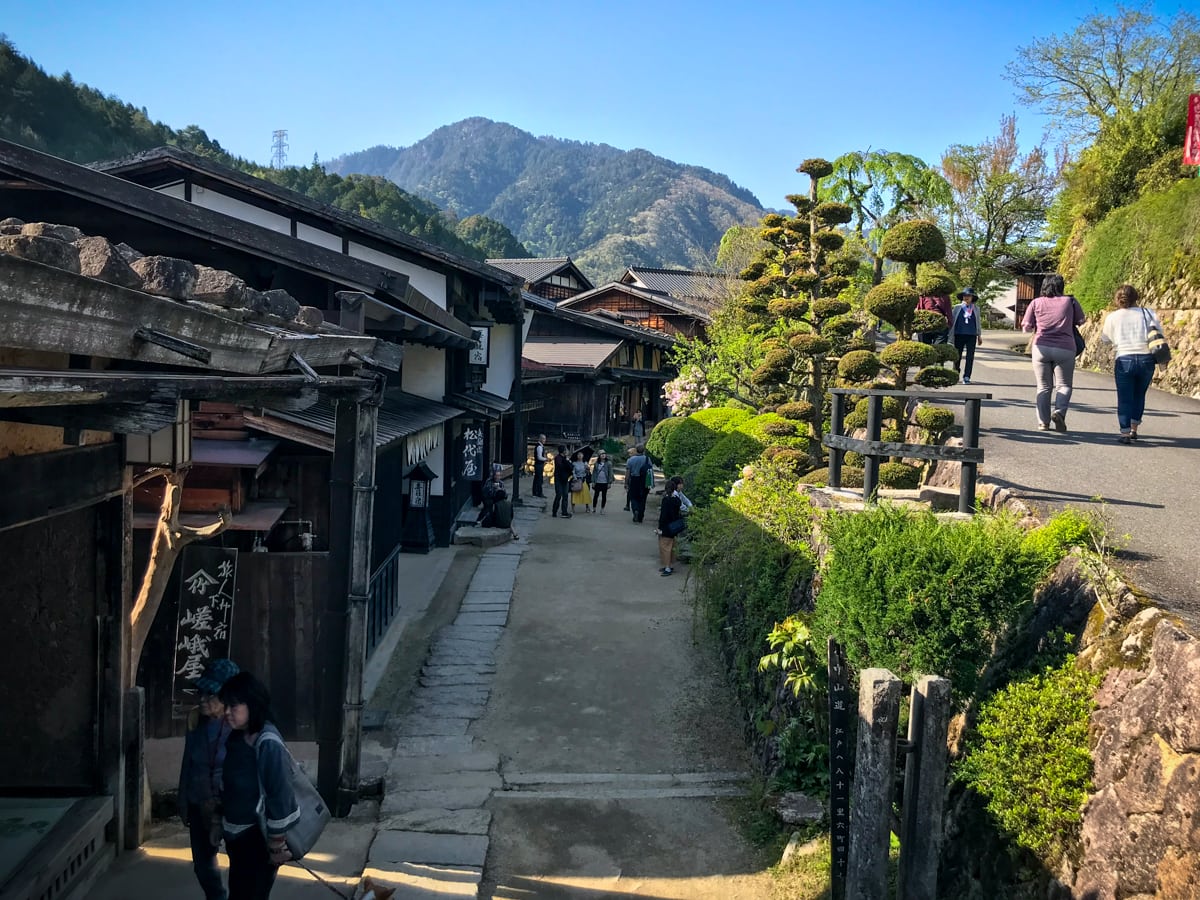



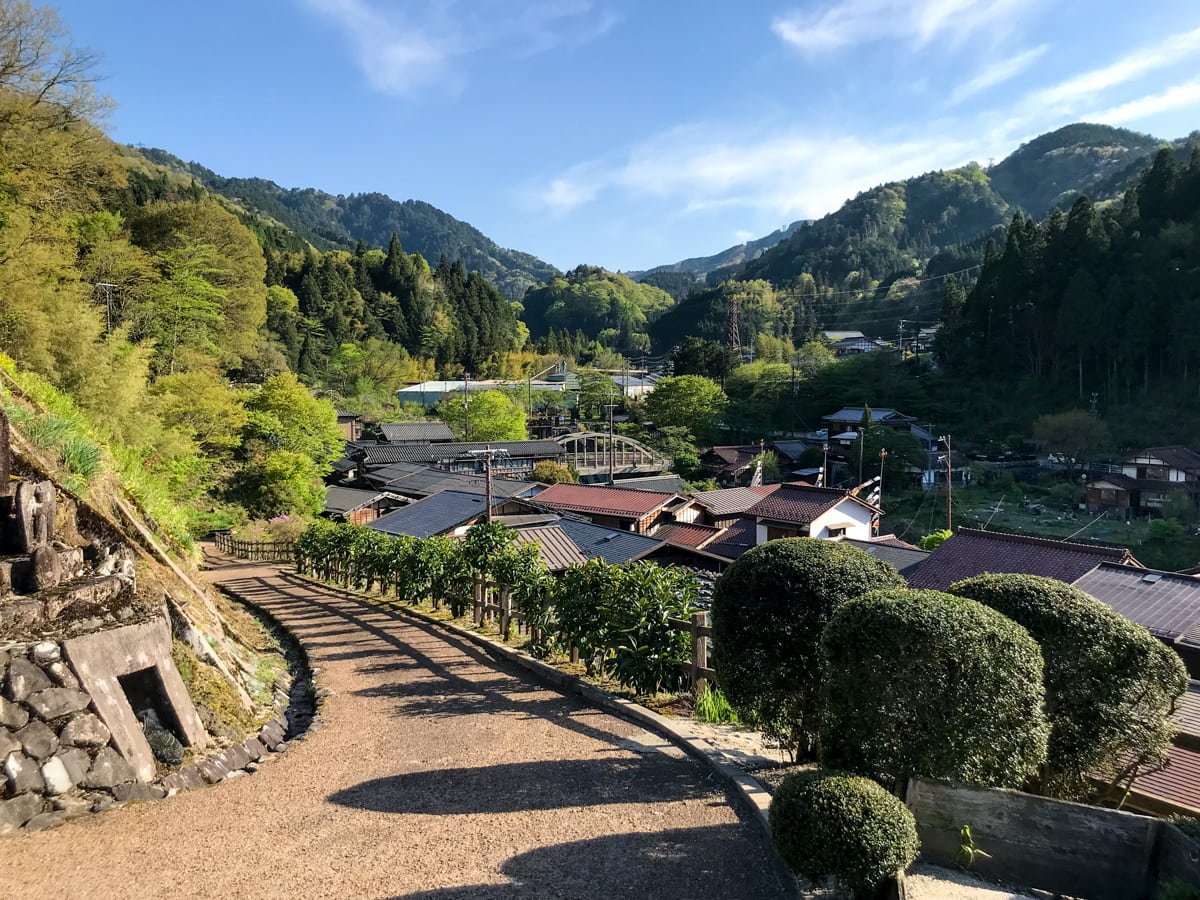
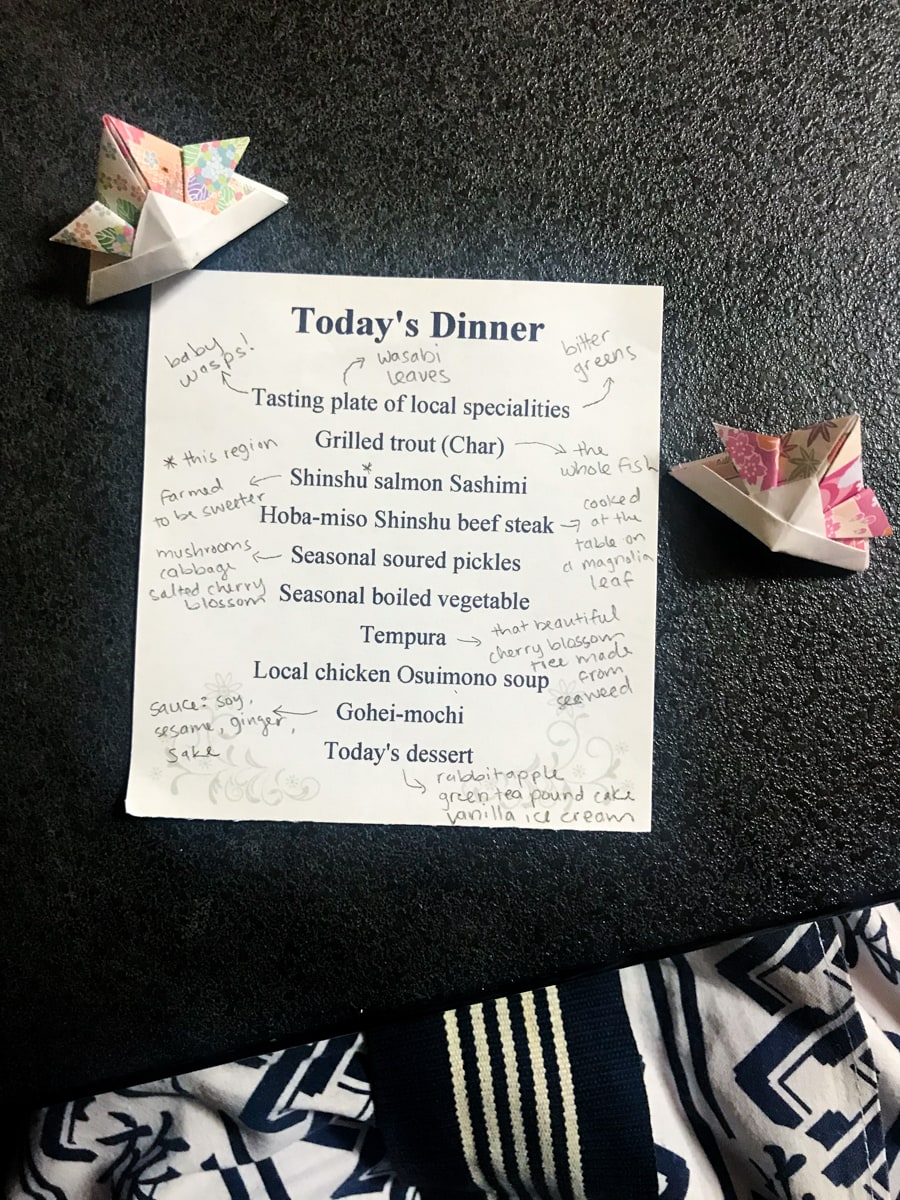
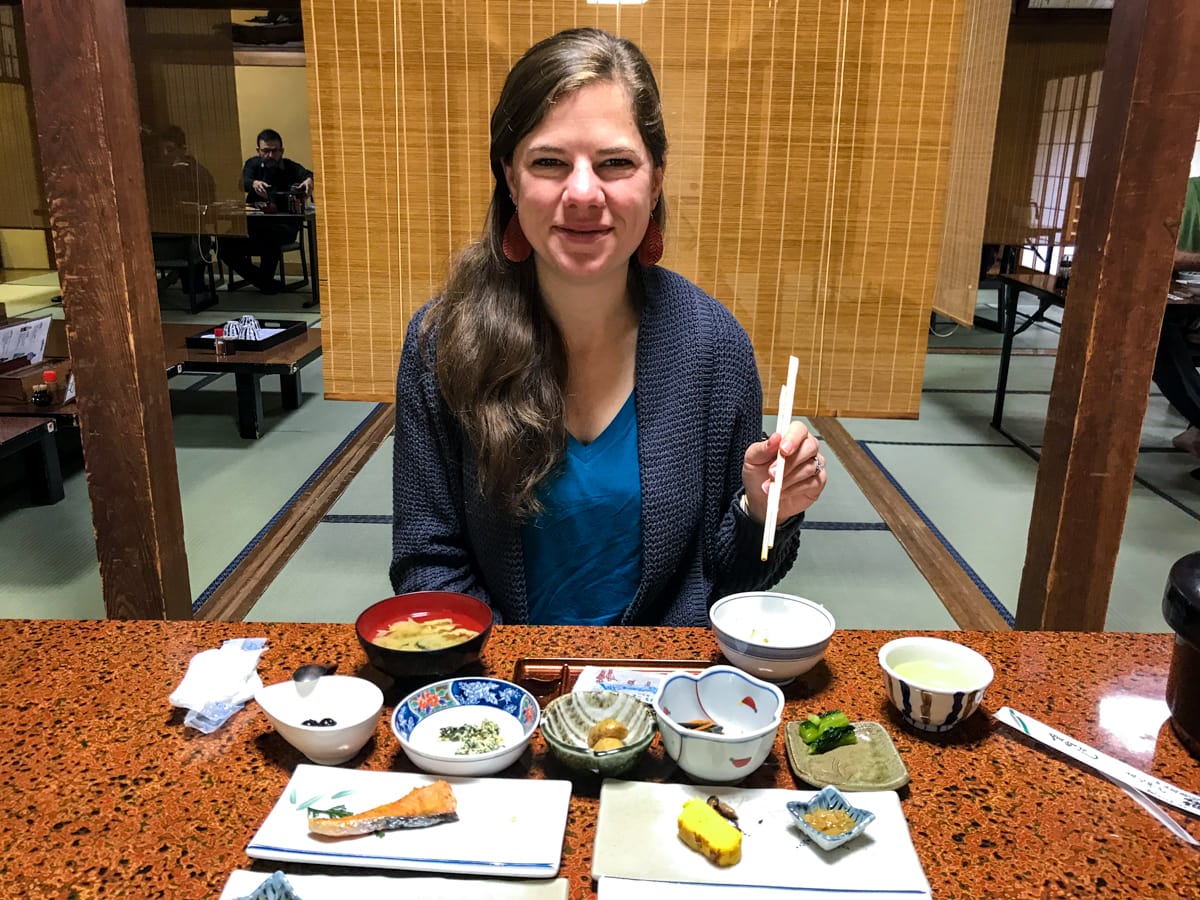
Wow, beautiful! Love the power spot of the happiness, we should have more of those in life.